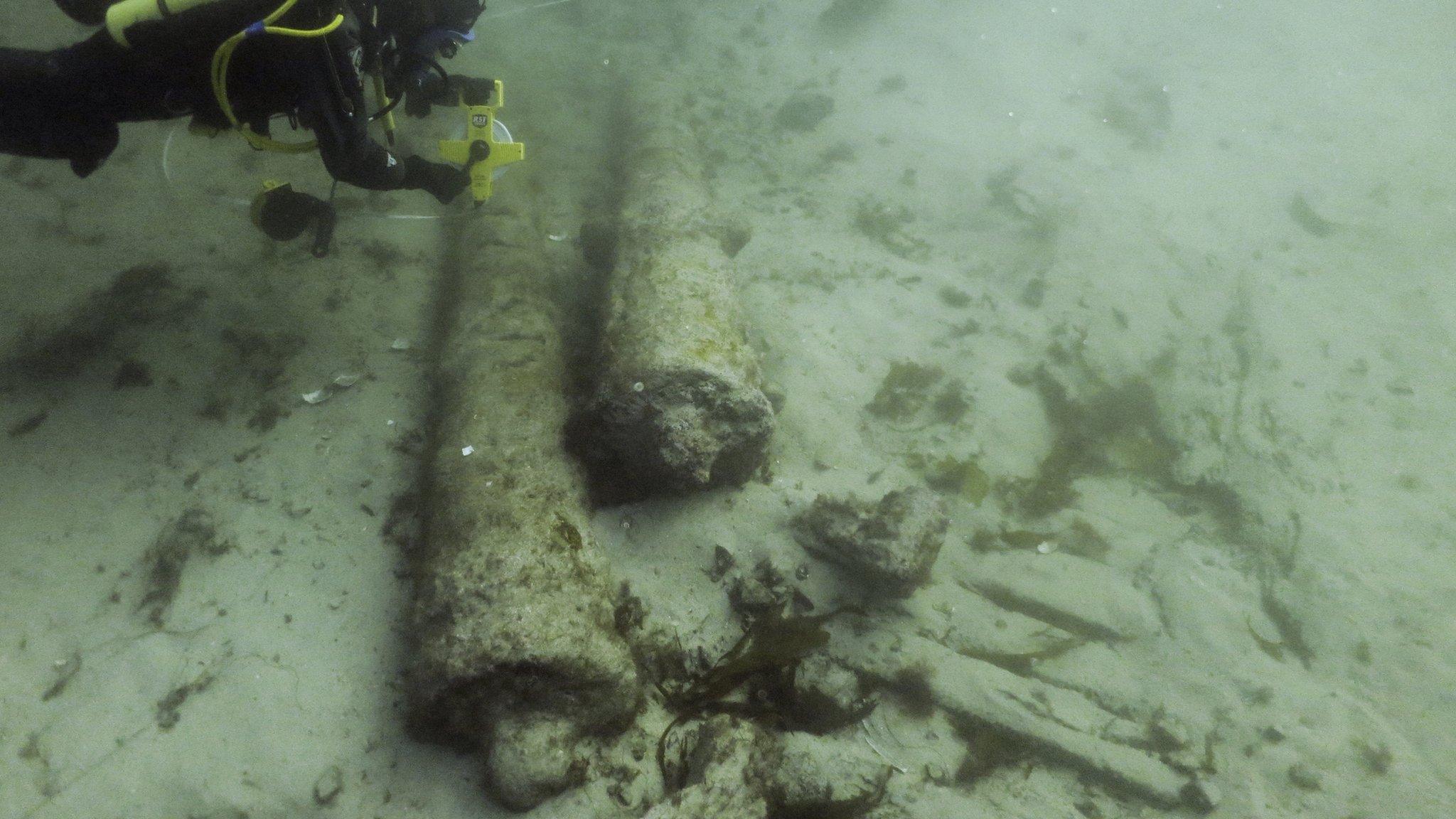Scottish link to Icelandic virtual reality 'dive' of Icelandic shipwreck
- Published
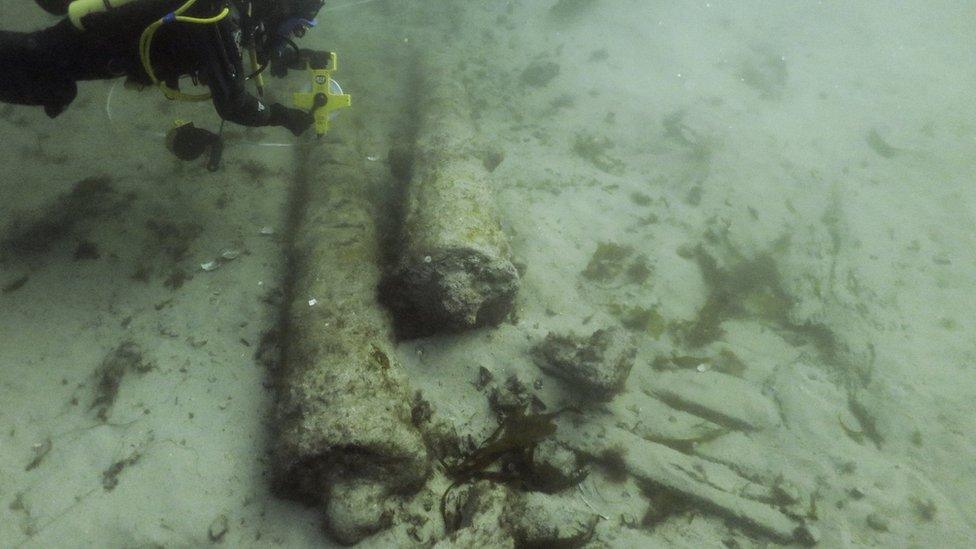
A diver inspects canons at the wreck site in Drumbeg in Sutherland
A study of a Highland shipwreck has played a part in a new virtual reality experience of 360-year-old sunken smugglers' boat.
The wreck at Drumbeg in Sutherland was one of the first in the world to be recorded using 3D photogrammetry.
The technique was further developed and applied to the new digital reconstruction of a wreck in Iceland.
Now Australian archaeologists have used the technology to create a three-minute virtual "dive" of the wreck.

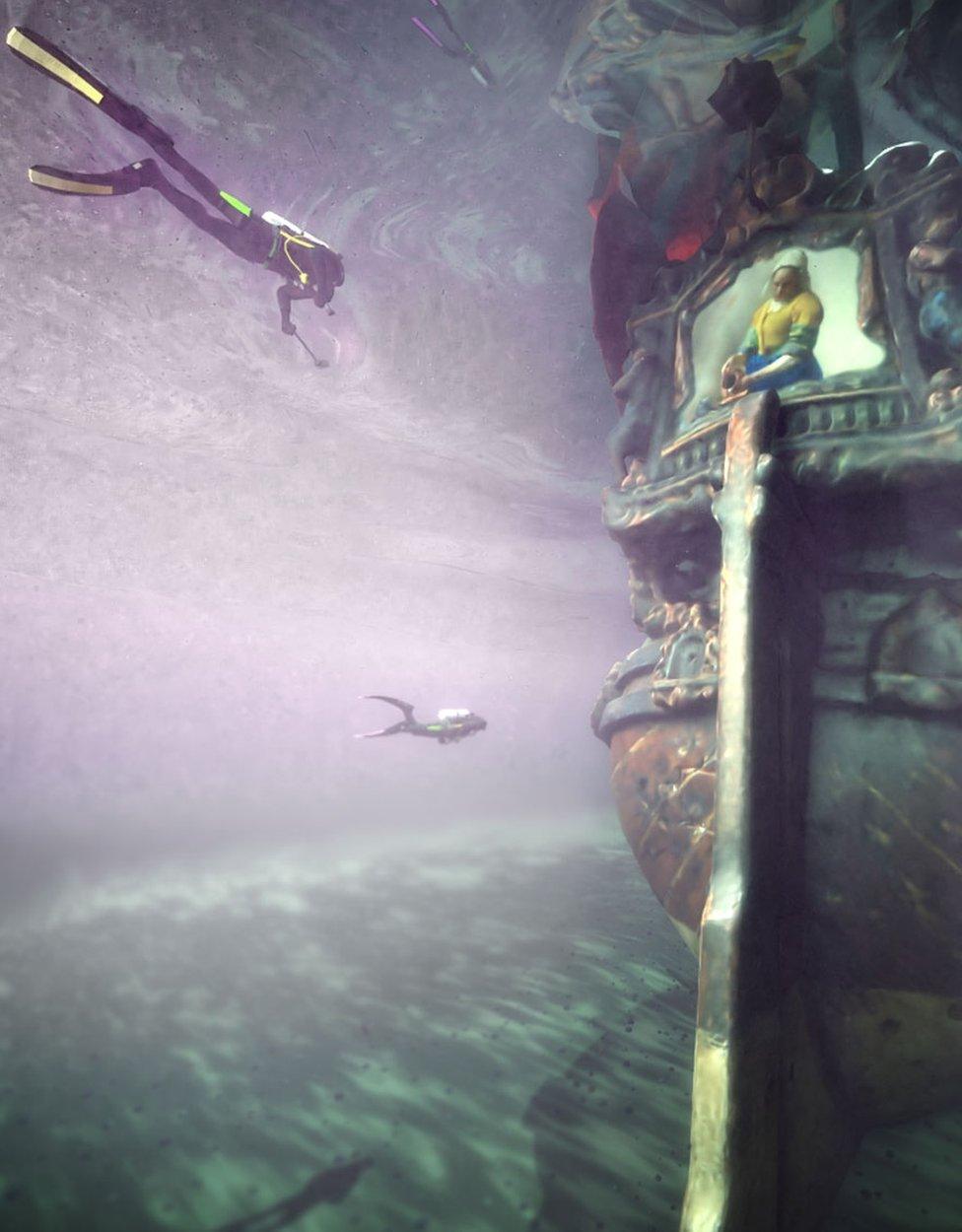
A virtual reality dive has been made of the Melckmeyt shipwreck in Iceland

The Icelandic wreck is the Melckmeyt, a Dutch merchant ship of a type known as a flute.
It was wrecked off a remote island in 1659 while being used in an illegal trade of Icelandic goods during a war between Denmark and Sweden.
Archaeologists at Australia's Flinders University have created a three minute virtual dive of the Melckmeyt. It can be viewed using a virtual reality headset.
John McCarthy, one of the Australian archaeologists, helped to lead the work on the Drumbeg site in 2012 and the new project.
Flute ships dominated European trade in the 17th Century, but Mr McCarthy said "very few" wrecks have been found.
The two closest known wrecks to the Melckmeyt are both in Scotland - the Lastdrager which was found in Shetland in the 1970s and the Drumbeg wreck, which was first surveyed in 2012.
Mr McCarthy said: "There is still a question mark over the identity of the Drumbeg wreck but it is suspected to have been a 17th Century Dutch flute called the Crowned Raven, lost in a winter storm of 1691."

The Melckmeyt was wrecked off a remote Icelandic island in 1659
The wreck lies at a depth of 12m (39ft) in Sutherland's Eddrachillis Bay and consists of three cannon, two anchors and partial remains of the hull.
The cannon are heavily encrusted and colonised by small red seaweeds.
Local scallop divers Ewen Mackay and Michael Errington discovered the wreck in the 1990s.
WA Coastal and Marine, an educational charity, was also involved in the 2012 survey. The study was carried out on behalf of Historic Scotland, now Historic Environment Scotland.
Mr McCarthy said: "The Drumbeg wreck was one of the earliest shipwreck sites to be recorded using 3D photogrammetry, helping to develop the techniques that I have applied to the wreck reconstruction in Iceland."
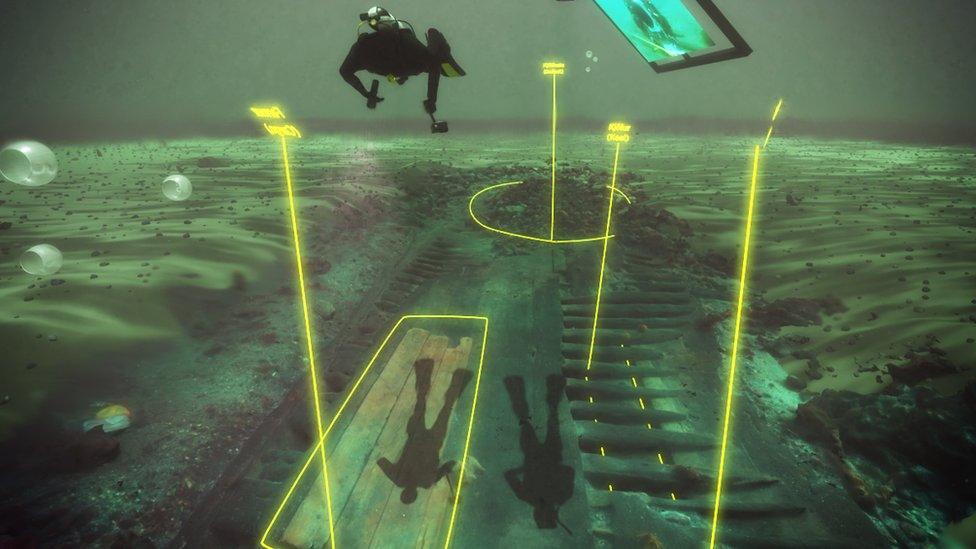
A three minute virtual reality dive of the Melckmeyt has been created
- Published24 May 2016
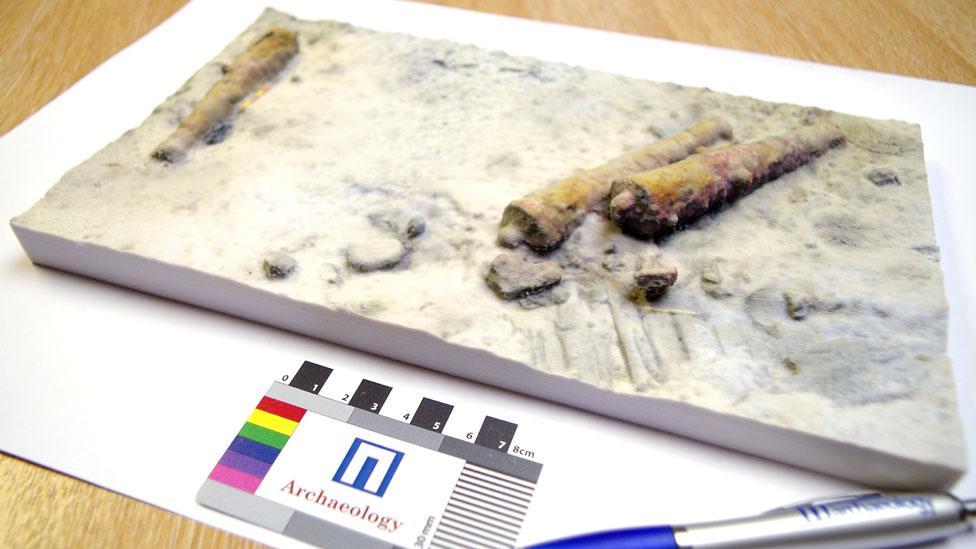
- Published27 March 2013
